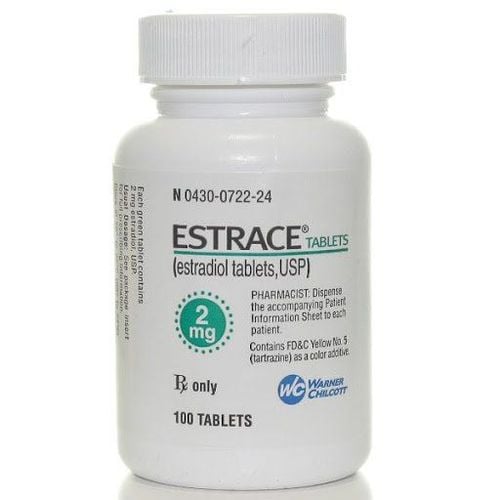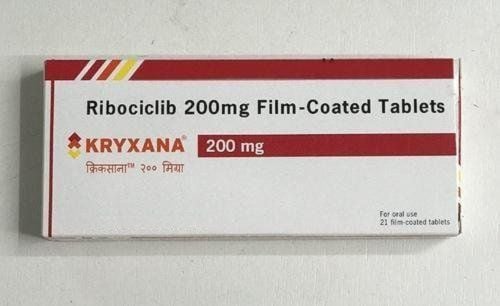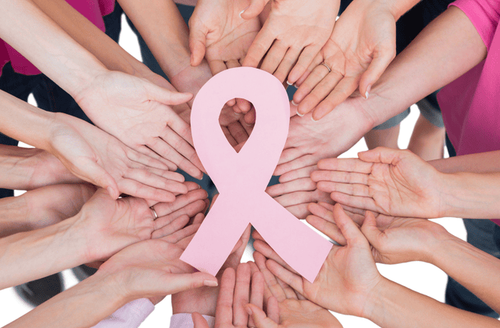This is an automatically translated article.
Stage 3 breast cancer is called advanced breast cancer, although it has not spread far, but treatment will be more difficult than early breast cancer. However, with advances in medicine, patients with stage 3 breast cancer can still be treated effectively and have a relatively high survival prognosis.
1. What is stage 3 breast cancer?
Stage 3 cancer is also called locally advanced cancer, which means that the breast cancer has invaded outside tissues, far beyond the original tumor site, and may have invaded other tissues. nearby lymph nodes and muscles, but has not spread to distant organs. Although this stage is considered advanced, with the advancement of medicine today there are many effective treatment options, for the treatment of advanced breast cancer.
Stage 3 breast cancer is divided into three groups: Stage 3A, Stage 3B and Stage 3C. The difference is determined by the size of the tumor and whether the cancer has spread to the lymph nodes and surrounding tissue. At this stage, the tumor may be large (usually larger than 5cm), may have spread to some lymph nodes in the underarm area (axillary lymph nodes) or other areas near the breast, or it may have spread to other lymph nodes. other tissue around the breast such as skin, muscle, or ribs.
However, there are no specific warning signs that the cancer has spread beyond the breast or other parts of the body. Some stage 2 breast cancers are also considered locally advanced breast cancers.
Trắc nghiệm: Những lầm tưởng và sự thật về ung thư vú
Ung thư vú có tỷ lệ tử vong cao nhất ở nữ giới khiến họ rất lo sợ bản thân mắc phải căn bệnh này. Tuy nhiên, không ít chị em có những hiểu biết thái quá về ung thư vú. Thử sức cùng bài trắc nghiệm sau sẽ giúp bạn loại bỏ được những nghi ngờ không đúng về căn bệnh này.
Bài dịch từ: webmd.com
No physical tumor was found involving the cancer cells or the tumor could be of any size and nearby lymph nodes (4 to 9 lymph nodes affected) contain cancer. Or the tumor is larger than 5 cm, and small clusters of breast cancer cells are found in the lymph nodes between 0.2mm and 2.0mm in size. Or the tumor is larger than 5cm and the cancer has spread to 1, 2, or 3 lymph nodes under the arm or near the breastbone. 1.2 Stage 3B Breast Cancer Stage 3B Breast Cancer includes:
The tumor can be of any size and the cancer has invaded the chest wall or breast skin with swelling, inflammation or ulceration (such as as with cases such as inflammatory breast cancer). Breast cancer may also have invaded up to 9 nearby lymph nodes.
1.3 Stage 3C Breast Cancer Stage 3C Breast Cancer includes:
No physical tumor is found in the breast (such as in cases like inflammatory breast cancer) or the tumor may be of any size any and cancer may have invaded the chest wall or breast skin with evidence of swelling, inflammation, or ulceration and the cancer also has invaded 10 or more lymph nodes under the arm. Either no organic tumor is found in the breast or the tumor can be of any size and the lymph nodes in the collarbone region are found to contain cancer cells. Either no organic tumor is found in the breast or the tumor can be of any size and the lymph nodes under the arm, near the breastbone are found to contain cancer cells.

2. Is stage 3 breast cancer treatable?
Stage 3C breast cancer is divided into operable and inoperable stage 3C breast cancer. However, the term "inoperable" is not the same as "untreatable". If your doctor uses the word "inoperable," it may simply mean that one surgery at this point will not be enough to remove all of the breast cancer. Another treatment may be used first to shrink the breast cancer as much as possible before considering surgery.
With today's modern therapies, even with the most advanced stage such as stage 3C can still be successfully treated with many therapies such as neo-adjuvant chemotherapy to reduce tumor size, surgery, combined chemotherapy and radiation after surgery. Patients with stage 3 breast cancer still have a chance to be cured and have a significantly improved survival prognosis.
According to the US National Cancer Institute, the survival rate for women with stage 3 breast cancer for a period of 5 years is about 72%. This means that 72 out of 100 women are expected to live 5 years after diagnosis. For men with stage 3 breast cancer, the 5-year survival rate is slightly higher, at 75%.
For comparison, the survival rate for women with stage 0 or stage 1 breast cancer is almost 100%. For stage 2 breast cancer, the survival rate is about 93% and for stage 4 it is about 22%. For men, these numbers are 100 percent for stage 0 and 1.87% for stage 2 and 25% for stage 4.
However, an individual's lifespan depends on many factors . Age, fitness, response to treatment, sex, the size of the tumor, and many other factors can affect a person's life expectancy.
3. Treatment of stage 3 vú breast cancer
In stage 3 breast cancer, the tumor is large (more than 5 cm) either growing into nearby tissues (the skin over the breast or the muscle underneath), or the cancer has spread to many nearby lymph nodes.
If the patient has inflammatory breast cancer: Stage 3 cancer also includes some inflammatory breast cancers that have not spread beyond nearby lymph nodes. Treatment for these cancers may be slightly different from the treatment for other stage 3 breast cancers. There are two main approaches to treating stage 3 breast cancer:
3.1. Begin with neoadjuvant therapy
Usually, patients at this stage are treated with adjuvant chemotherapy (before surgery).
About 20% of women with breast cancer have a high protein called HER2 and this is what makes the cancer spread quickly. Women with HER2-positive cancer may be prescribed drugs such as ado-trastuzumab emtansine (Kadcyla), fam-trastuzumab deruxtecan-nxki (Enhertu), lapatinib (Tykerb), neratinib (Nerlynx), pertuzumab (Perjeta), or trastutinzumab (Herceptin). A CDK 4/6 inhibitor such as abemaciclib (Verzenio), palbociclib (Ibrance), or ribociclb (Kisqali) is sometimes given to postmenopausal women with certain types of advanced breast cancer. These drugs can stop this cancer from growing and can make chemotherapy more effective.
For HER2-positive tumors, the targeted drug trastuzumab (Herceptin) is also used, sometimes along with pertuzumab (Perjeta). This may shrink the tumor enough for breast-conserving surgery (BCS). If the tumor does not shrink sufficiently, a mastectomy is performed. Nearby lymph nodes will also need to be checked. A sentinel lymph node biopsy is not usually an option for stage3 cancer, so axillary lymph node dissection is often done.
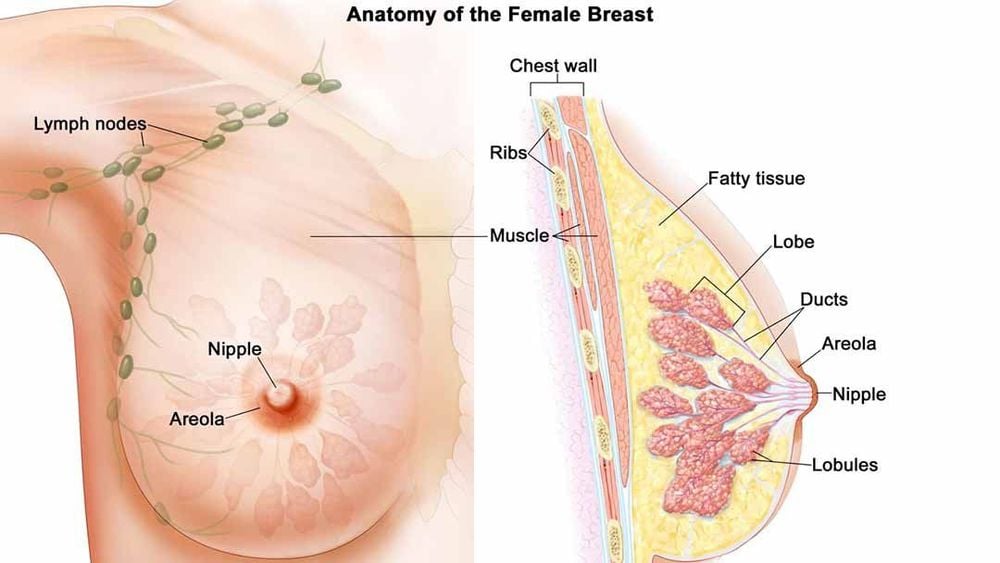
Usually, radiation therapy is needed after surgery. If breast reconstruction is performed, it is usually delayed until radiation therapy is complete. In some cases, additional chemotherapy is also given after surgery.
After surgery, some women with HER2-positive cancer will be treated with trastuzumab (with or without pertuzumab) for up to one year. Many women with HER2-positive cancer will be treated first with trastuzumab (with or without pertuzumab), followed by surgery, and then trastuzumab (with or without pertuzumab) for up to one year. If, after neoplastic adjuvant therapy, any residual cancer is detected at the time of surgery, trastuzumab can be changed to another drug, called ado-trastuzumab emtansine, which is injected Every 3 weeks with 13 doses. For people with hormone receptor-positive cancer in the lymph nodes who have completed a year of trastuzumab, your doctor may also recommend additional treatment with an oral medicine called neratinib for a year.
Women with hormone receptor-positive breast cancer (ER-positive or PR-positive) will also receive adjuvant hormone therapy which can often be given at the same time as trastuzumab.
People who are HER2-negative but have BRCA-mutant breast cancer can be treated with a class of drugs called PARP inhibitors that target a protein that helps cancer cells grow. PARP inhibitors include olaparib (Lynparza) and talazoparib (Talzenna). Everolimus (Afinitor) is a targeted therapy sometimes given to women with HER2-negative breast cancer along with exemestane (Aromasin) hormone therapy.
Patients who are HER2-negative but with advanced or metastatic breast cancer due to the PIK3CA mutation may be treated with the new PIK3 inhibitor alpelisib (Piqray) in combination with fulvestrant.
Immunotherapy drugs stimulate the immune system to find and destroy cancer cells. In women with advanced hormone receptor-negative breast cancer and HER2-negative breast cancer, the immunotherapy drug atezolizumab (Tecentriq) is sometimes given in combination with chemotherapy paclitzxel (Abraxane). Atezolizumab blocks a protein called PD-L1.
3.2. Start with surgery
Another option for stage 3 cancer is to treat it with surgery first. Since these tumors are quite large and/or have grown into nearby tissues, this usually means a mastectomy. For women with large breasts, conservative surgery may be an option if the cancer has not grown into nearby tissues. A sentinel lymph node biopsy may be an option for some patients, but most will require axillary lymph node dissection. Surgery is usually followed by adjuvant chemotherapy, and/or hormone therapy, and/or HER2-positive treatment (trastuzumab, pertuzumab, or neratinib). Radiation therapy is also recommended after surgery.
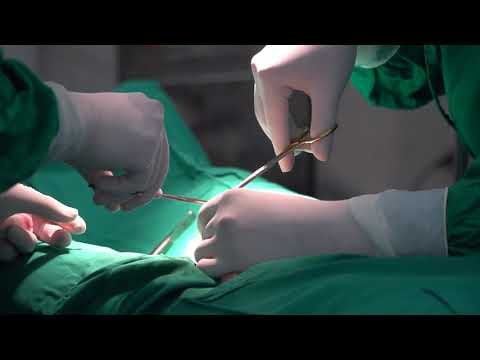
Currently, Vinmec International General Hospital has been implementing a Breast Cancer Screening Package for women of different ages. At Vinmec, there is a full range of necessary medical equipment, a system of modern medical machines to perform methods of examination, diagnosis, testing, imaging, and treatment of breast cancer at many stages. paragraph. Accordingly, the breast cancer examination and treatment process at Vinmec is carried out by a team of highly qualified doctors and nurses who have undergone training and are technically certified, able to handle quickly and effectively. . Therefore, when using Vinmec's breast cancer screening and early detection package, customers can detect cancer even when there are no symptoms, providing a much higher chance of definitive treatment. .
Please dial HOTLINE for more information or register for an appointment HERE. Download MyVinmec app to make appointments faster and to manage your bookings easily.
Reference source: nbcf.org.au




